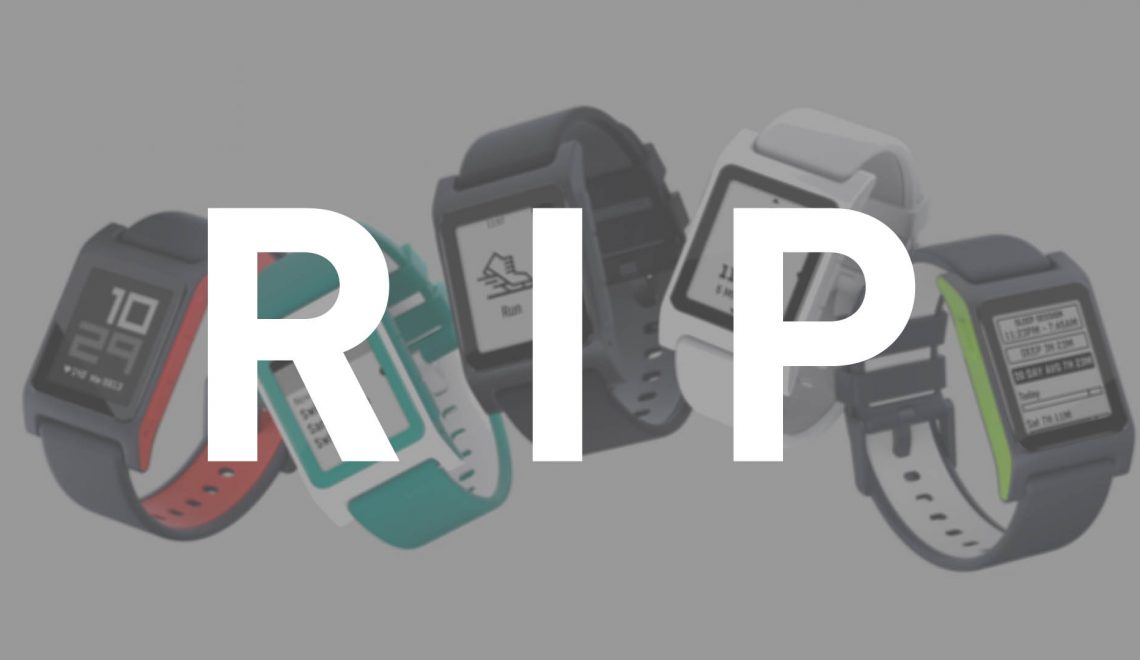Smartwatches are becoming a convenient (and almost stylish) way to keep tabs on your digital life. You can easily read notifications, make a phone call, or send simple texts. But there is a subset of people who find the devices way too limited. Between the simplified operating systems and lack of cellular connectivity, these consumers would rather just take out their cell phone. If you fall into this segment of people, get your credit card ready; starting at 10am ET on December 7th, the Omate Rise will launch on Indiegogo and will be available for only 48 hours.
Unlike any other smartwatch on the market, the Omate Rise has 3G connectivity and runs a full version of Android 5.1. This means you can leave your smartphone at home and feel like you aren’t making any compromise. Simply twist off a cap on the backside of the watch face and insert your Micro-SIM card and you are ready to go. Besides Android and cellular connectivity, the largely plastic watch has a circular 1.3″ TFT touchscreen display, 2 day battery life, an integrated speaker and microphone, GPS, and interchangeable straps. The case is rated to be water resistant to 10 meters (Omate has not tested it yet though), has a carbon fiber bezel, and a sapphire coating on the face. In fact, about the only thing missing from the watch (besides style) is a heart rate monitor. According to Omate’s CEO, Laurent Le Pen, the company decided to leave off the heart rate monitor because they felt the tech wasn’t accurate enough yet. If you had your heart set of fitness tracking through, Omate is throwing in a Bluetooth, chest-strap heart rate monitor with the first 1000 watches sold. The watch will start at $199 when it launches on December 7th and is expected to ship in March 2016.
The Omate Rise is an interesting product. I understand that people want smartwatches to be more capable, but I feel like the Rise is just going too far. The user experience of Android, even with Omate’s customizations, just isn’t meant for a screen that small. There is a reason Google and Apple have designed specialized operating systems for their wearable devices – and one could argue the interface is still not simple enough on those. Unless you are the type of person that is super techie and loves to tinker with everything, I am just not sure how compelling the Rise is. For something on the wrist, I believe simplicity wins; from personal experience, the longer I have to hold my wrist up to interact with a smartwatch the more unpleasant the experience becomes.




